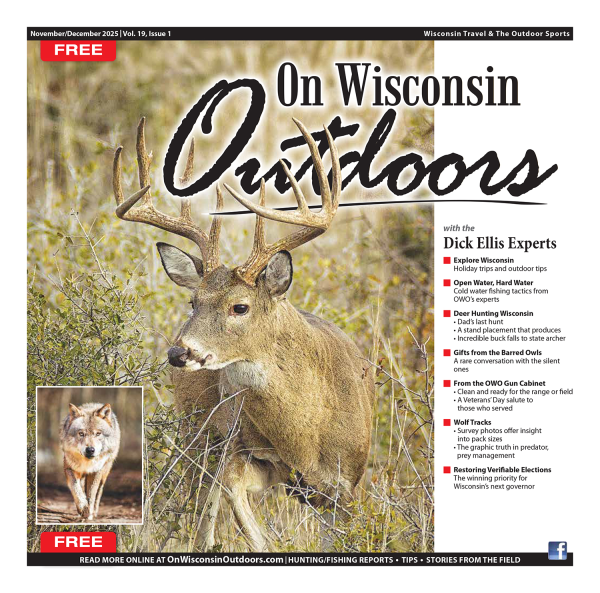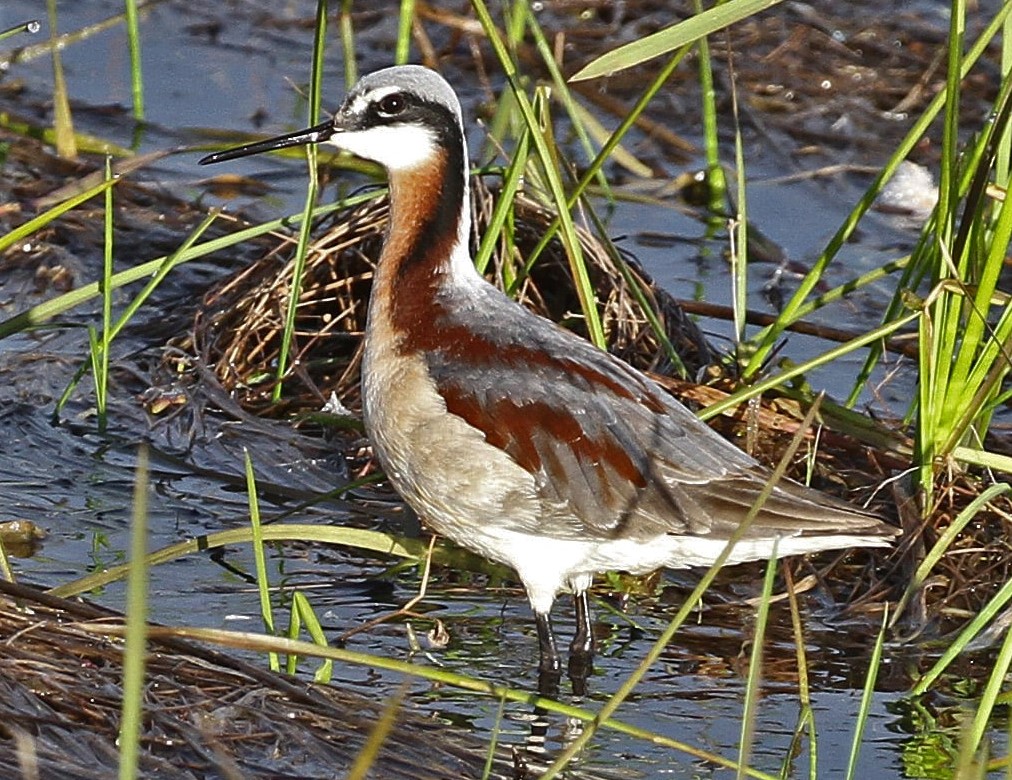Birding Report; First Record Of Rare Loon; Help Birdathon Reach Its Goal
Wisconsin is home to over 300 species of birds and thousands of people who enjoy birds. Explore the links below for information on birds, bird identification, birding locations and how to get involved in conservation efforts.
STATEWIDE BIRDING REPORT AS OF JUNE 3RD, 2021
Small but showy shorebirds of predominately the Great Plains, Wilson’s Phalaropes have been unusually common across Wisconsin this spring. Photo by Dick Verch.As we head into the unofficial start of summer, bird migration is winding down. Shorebirds are the most prominent remaining migrants, many of them headed for breeding areas on the far northern tundra. Species most commonly being seen include semipalmated, least, and white-rumped sandpipers, ruddy turnstone, sanderling, dunlin, and semipalmated plover. Unusual finds include whimbrel (especially along northern Lake Michigan), red-necked phalarope, and American avocet. Wilson’s phalaropes, a species whose core range lies in the Great Plains, have been far more numerous in the state this spring than any in recent memory.
Landbird migration has slowed now, though a few warblers continue to trickle north, including a few Connecticut warblers, which is a rare, declining, and late-migrating species. Also still moving through are olive-sided, yellow-bellied, willow, and alder flycatchers, as well as some Eastern kingbirds, cedar waxwings, black-billed and yellow-billed cuckoos, and common nighthawks. Dickcissels have returned to southern and central grasslands, though numbers are not high at this time. Have you noticed flocks of Canada geese moving north overhead? These are “molt migrants”, i.e. failed and non-breeders without goslings that are headed to resource-rich areas of Canada to molt new feathers.
Breeding activity is picking up as expected. More young birds are out and about now, including various waterbirds like trumpeter swan, pied-billed grebe, and wood duck; owls such as great horned, barred, and eastern screech; and early landbirds like killdeer, robins, and grackles. Most neotropical migrants will be nest building soon if they haven’t already. Don’t be surprised if feeder activity declines during this period as birds tend to nests and natural foods abound.
Topping this week’s list of rare finds was a first state record and very rare U.S. record of Arctic Loon in Bayfield County. Others included prairie warbler, western kingbird, and tricolored heron in Door, eared grebe in Marathon, Swainson’s hawk and loggerhead shrike in Burnett, white-faced ibis in several locations, parasitic jaegers in Douglas, and a red knot in Dodge whose bands indicated it had been in Louisiana earlier in the month. Find out what others are seeing and help us track bird populations by reporting your finds to www.ebird.org/wi.
– Ryan Brady, DNR Natural Heritage Conservation Program Biologist












